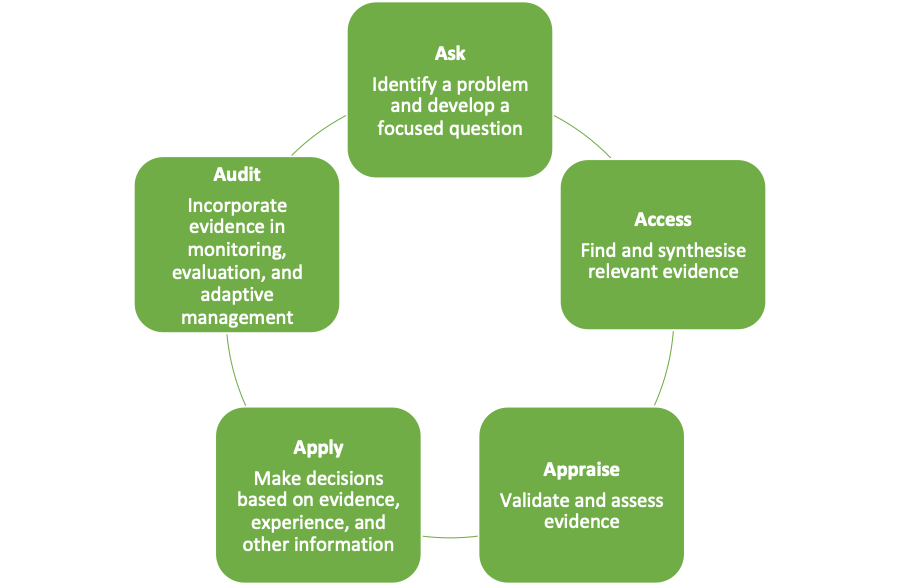Conservation research can be key to making effective conservation policies, but only when the policymakers are trained to understand and critically analyse its findings. In this article, Andrea D. Phillott highlights numerous resources that can help educators train students – future conservationists – in the use of evidence-based conservation. Phillott is a Professor in Environmental Studies and teaches Conservation Biology, Ecology, and Environmental Studies at FLAME University, Pune.

The world is experiencing unprecedented rates of biodiversity declines and extinctions, with implications for future ecosystem change and loss of ecosystem functions and services. Yet within this dire situation is hope that population declines can be slowed and reversed. Conservation action has contributed to success stories for taxa including sea turtles and several mammals and birds.
Conservationists can draw on expert knowledge, prior experience, and research evidence when deciding which actions to take. The latter is important, as failing to consider research evidence when making decisions can result in reduced effectiveness or selection of unsuitable conservation action. Hence, it is important for student and trainee conservationists to be trained in the use of evidence-based conservation (EBC), by way of critical analysis and understanding of the context, relevance, and application of different conservation actions. However, teaching and learning these skills can be challenging when common textbooks rarely introduce EBC as a topic, let alone describe relevant approaches and tools. (The book What Works in Conservation edited by Dr. William J. Sutherland et al. (2020) – available as a free eBook here – is one of the exceptions).
To address this gap, there are a number of online resources that educators can use to develop the core skills in EBC in their students (see Figure 1). A recent paper by Harriet Downey et al. (2021) describes open-access materials on the website Applied Ecology Resources. Lectures notes and slide decks on evidence-based conservation for researchers and decision-makers, planning and designing experiments to improve conservation practice, performing systematic reviews and meta-analyses, using and generating evidence to improve conservation translocations, and use of the Conservation Evidence database are complemented by practical exercises for students to complete.

The Conservation Evidence database allows users to search its content by taxa, habitat, threat, action, country or keyword/s to find summaries of scientific studies, including background information and context, the conservation action(s) taken and their consequences. The studies are drawn from >330 English journals, >300 non-English journals, and grey literature. The authors of the summaries are part of the Conservation Evidence project based at the University of Cambridge, UK. Helpful videos demonstrate both how to use the website and evidence in making conservation decisions, and also gives an overview of the process for producing a synopsis of conservation evidence similar to those published on the website.
Another website that educators may find helpful is the Collaboration for Environmental Evidence Database of Evidence Reviews (CEEDER), at which systematic reviews and maps of different conservation and management topics can be found in the Environmental Evidence Library. I also adapt case studies and pedagogy articles from the Ecology and Biodiversity Conservation section of Case Studies in the Environment when teaching EBC. Primary literature to use as a focus when discussing EBC studies and projects can be found in the peer-reviewed journals Conservation Evidence, Ecological Solutions and Evidence, Conservation Science and Practice, and Environmental Evidence, among others.
Teaching emerging conservationists the approaches and core skills of EBC will increase the likely success of their current and future conservation efforts, avoid wasted research resources, and develop important skills required in the conservation job market. The resources described in this article will help educators integrate EBC into their curriculum.